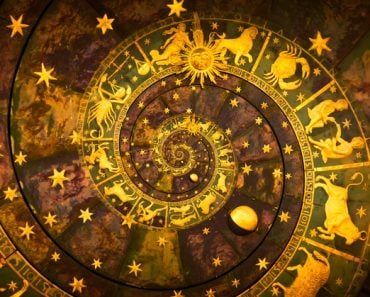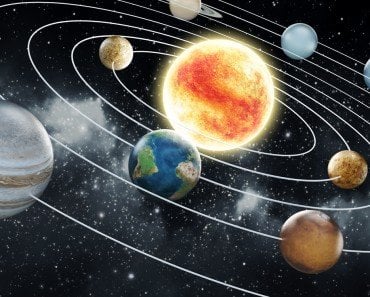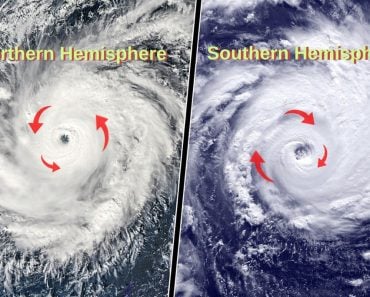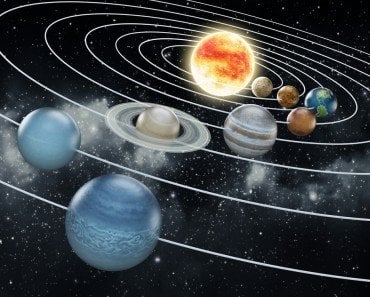Table of Contents (click to expand)
The seasons occur on Earth because the planet’s axis is tilted. The tilt causes the northern hemisphere to face the sun for part of the year and the southern hemisphere to face the sun for part of the year.
The arrival of winter reminds us of the indifference of time. Another year has whizzed past us, and yet another follows. The snow gradually erodes, and the flowers are free from their shackles to breath again. Subsequently, the sun ascends higher into the sky, like a blinding spotlight, setting the stage for the events below. Clothes and dental health diminish, and like a succulent fruit, people sweat profusely.
The smothered leaves turn brown and gaunt, eventually crumbling and falling to their death. Finally, winter returns. Again, we’re reminded of the indifference of time, as another year has passed. Yet in the face of death and decay, like frost, new hopes resurrect overnight. The cycle is complete!

The seasons transition into one another at an imperceptible rate, but the pattern remains the same. However, fall doesn’t visit the regions in the middle of the globe, as they are instead subject to rains. Why is this so? And why does its precursor – summer – occur in the first place? Why do seasons occur? And do they occur on other planets too?
Recommended Video for you:
The Common Misconception
One can deduce that summer, an increase in temperature, is caused by prolonged exposure to the Sun, probably when we are closest to it during our annual orbit. The proximity argument is perfectly logical, but only on the assumption that the planet’s orbit is elliptical. An ellipse has two foci or “centers” that lie towards each outstretched end. According to this, the Sun is fixed at one of these foci and we experience summer when the planet is closest to it. However, the northern hemisphere experiences winter when the Earth is closest to the Sun and summer when it is farthest!

The proximity argument is a widely held misconception. Even though Earth’s orbit is technically an ellipse, it is not a perfect ellipse. The distances from either side of the Sun to Earth’s orbit are different, but only very slightly. They are comparable, such that the orbit can be perceived to be a perfect circle, albeit one with a displaced center.
The occurrence of seasons is not caused merely by Earth’s revolution around the Sun. The revolution is futile without the assistance of a peculiar characteristic of our planet – its tilt.
Earth’s Tilt Causes The Seasons
The Earth does not revolve around the Sun on a perpendicular axis. It is tilted at an angle of 23.5 degrees relative to our orbital plane. This tilt is formally called obliquity. The tilt is believed to have been incurred due to a collision with a planet-sized sized body called Theia. Not only did the collision tilt the planet, but the resulting debris is believed to have concentrated mid-air to form our moon.
Throughout our annual journey around the Sun, the northern axis points in the same direction in space, towards the star Polaris or the North Star. The obliquity is affected by the distribution of mass, such that land and ice sheets in the northern hemisphere make the top heavier. The planet then revolves like a ping-pong ball with gum stuck on its top – in a lopsided manner.
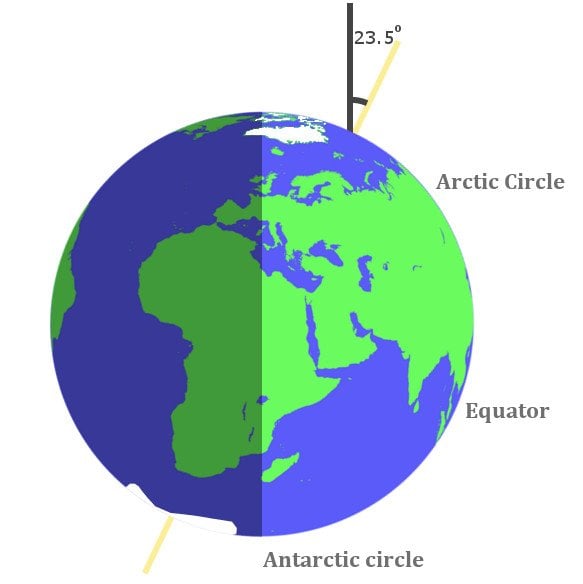
Because of this tilt, the northern hemisphere faces the sun for the first half of the year and faces away from it during the second half. During the second half, the southern hemisphere is oriented towards the Sun. The halves can then be further divided into two more halves, giving us a total of four seasons – two when the northern hemisphere faces the Sun and two when the southern hemisphere does.
The Seasons
December 21
During this period, the northern hemisphere faces away from the Sun and the southern hemisphere faces towards it. The latter therefore experiences summer, as the sunlight falls directly on its regions. On the other hand, the northern hemisphere experiences winter because the light falls on it in an angular fashion, diluting its effects. This is why Australia experiences summer at the end of the year.
March 21
During this period, the light falls somewhat equally on both the hemispheres, although slightly less onto the southern hemisphere, causing the occurrence of fall in those regions. In contrast, the increase in light falling on the northern hemisphere causes that region to experience spring.
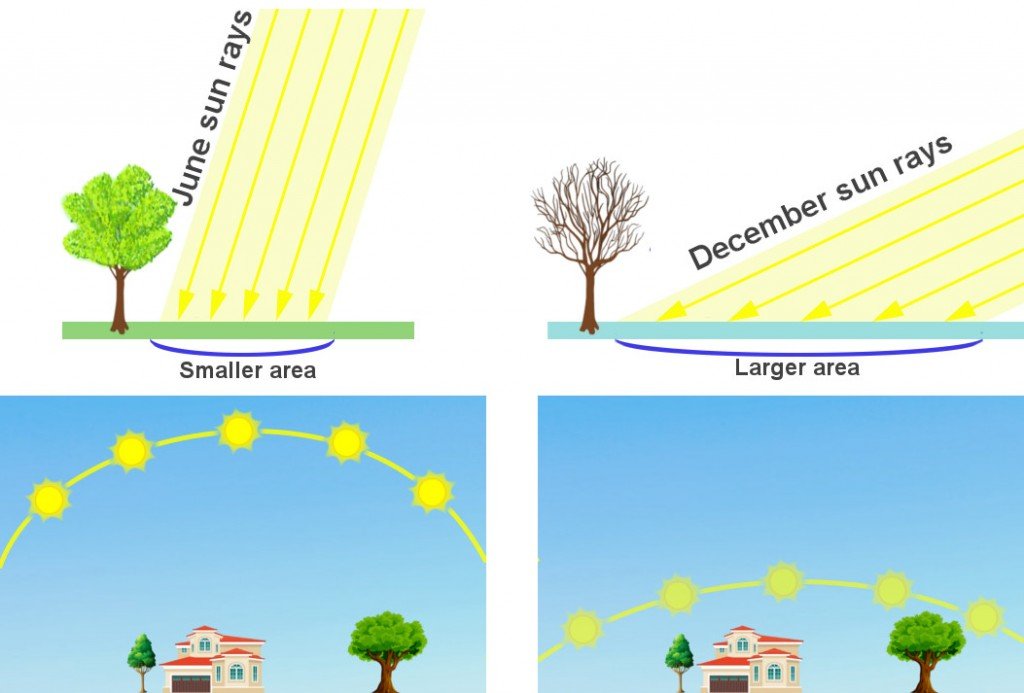
June 21
This phase runs exactly contrary to the first phase. Now, the northern hemisphere faces the sun and the southern hemisphere is oriented away from it. This causes summer in the former, as the light falls onto its regions directly. The latter witnesses winter, as the light falls on it in an indirect fashion, diminishing its effects.
September 21
A mirror image of the second phase, the light falls onto the two hemispheres somewhat equally, although now, slightly less onto the northern hemisphere, causing the occurrence of fall. Whereas the small increase in light falling on the southern hemisphere causes its regions to experience spring.
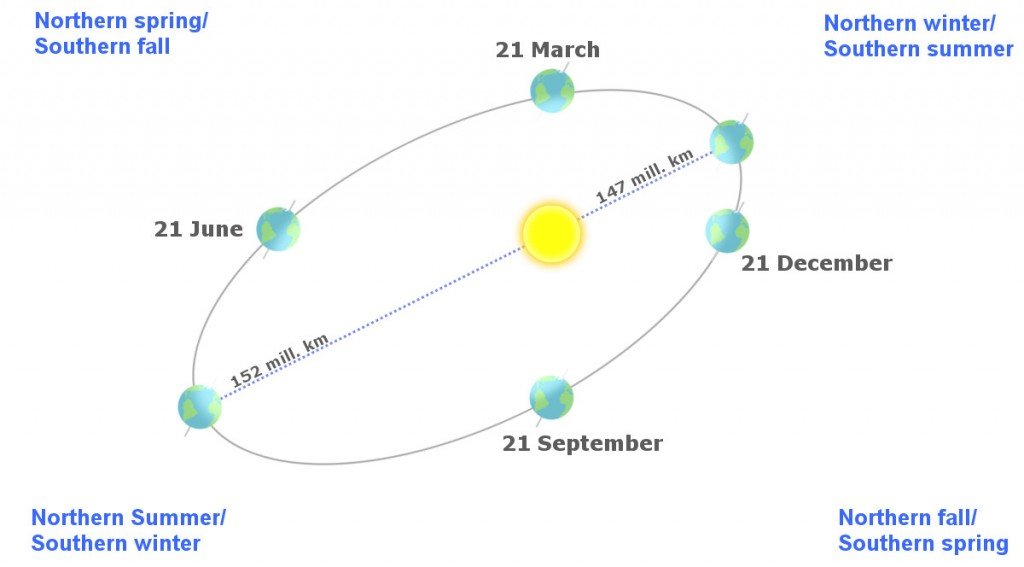
What About Monsoon Season?
With all that being said, regions near the equator are also subject to another season – monsoon. Monsoons can also be traced to the tilt of our planet. Owing to the tilt, the gigantic breeze – or the storm belt in the middle – doesn’t stay in one place. The breeze lurches across the equator twice a year, once going south of it and another time back up.
Furthermore, even though the seasons change throughout other regions, they remain unchanged for prolonged periods at the poles. The poles basically experience one long winter and one long summer. This is because they lie at an angle that is so small that they either lie hidden for 6 months or exposed for 6 months, even though the radiation varies for regions below them.

Also, the poles are so chilled compared to the tropics because the latter lie closest to the Sun and become subject to the direct incidence of heat.
Do Other Planets Have Seasons?
Yes, other planets experience seasons as well. An increase or decrease in a planet’s tilt could lead to extreme or moderate seasons. For instance, if Earth’s tilt ever decreases for some reason, we would have less dramatic seasons than those we have now. We would experience cooler summers and warmer winters.
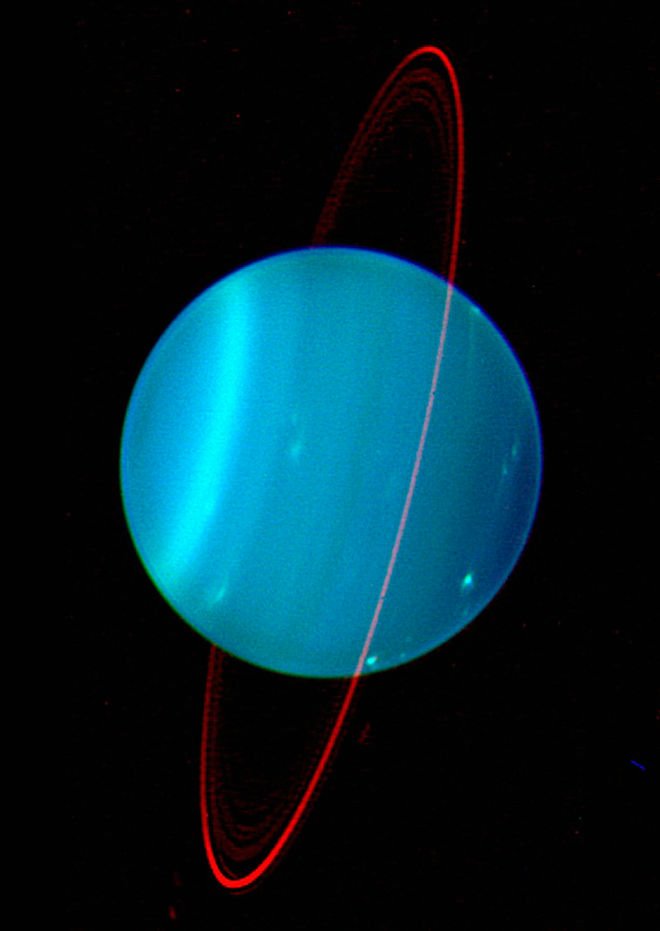
However, if the tilt were to notably increase, we’d experience harsher summers and more bitter-cold winters. This is the case with Uranus, which has a tilt of 97 degrees! If you were to observe Uranus, you’d perceive it to be rolling through its orbit like a bowling ball! It also experiences perilously extreme weathers, so the point remains, a planet’s tilt causes its seasons – not its orbit!




